Introduction
Epilepsy in children is one of the most common neurological disorders in India, affecting thousands of young lives each year. It occurs when abnormal electrical activity in the brain causes recurrent seizures, which may appear as brief staring spells or full-body convulsions. While epilepsy can sound alarming, with the right diagnosis and treatment plan, most children lead normal, healthy lives.
In this blog, Quickobook explores the causes, symptoms, EEG tests, treatments, and care options for epilepsy in children—helping parents make informed decisions to protect and nurture child health in India.
What Is Epilepsy in Children?
Epilepsy is a brain condition that causes repeated seizures due to sudden, uncontrolled bursts of electrical activity in the brain.
In children, it can be:
- Idiopathic (genetic): With no identifiable cause but often runs in families.
- Symptomatic (secondary): Linked to another underlying condition like brain injury or infection.
Each child’s experience with epilepsy is unique. Some may have only a few mild seizures, while others may require long-term medical care.
Causes of Epilepsy in Children
The causes vary by age and type of epilepsy, but common ones include:
- Genetic factors: Family history of epilepsy or inherited brain disorders.
- Birth injuries: Lack of oxygen during delivery (birth asphyxia) can damage brain tissue.
- Brain infections: Such as meningitis, encephalitis, or neurocysticercosis (from tapeworm infection).
- Head trauma: Falls or accidents leading to brain injury.
- Developmental disorders: Autism spectrum disorder or cerebral palsy.
- Brain malformations: Structural abnormalities detected via MRI.
In India, infections like neurocysticercosis are among the leading preventable causes of childhood epilepsy.
Symptoms of Epilepsy in Children
Symptoms differ based on the type of seizure:
- Generalized seizures: Loss of consciousness, jerking, stiffness, or muscle spasms.
- Focal seizures: Sudden staring, lip-smacking, or unusual movements.
- Absence seizures: Short gaps in awareness lasting seconds.
- Myoclonic seizures: Sudden, quick jerks of muscles.
Parents should also watch for warning signs like:
- Unexplained falls or confusion after short spells
- Sudden stiffness or loss of bladder control
- Repetitive movements or blank stares
Diagnosis of Epilepsy in Children
Diagnosing epilepsy involves a series of steps:
1. Medical History and Examination
The pediatric neurologist will ask about the child’s birth history, family history, and seizure episodes.
2. EEG Test (Electroencephalogram)
An EEG test measures brain wave activity. Abnormal patterns help confirm epilepsy and determine seizure type.
- It’s painless and non-invasive.
- Sometimes repeated EEGs are needed to detect rare seizure patterns.
3. Imaging Tests
MRI or CT scans may be used to check for brain injuries, infections, or tumors.
4. Blood Tests
These help identify infections, metabolic issues, or genetic causes.
Treatment Options for Childhood Epilepsy
Treatment depends on seizure type, cause, and child’s overall health.
1. Medications (Anti-Seizure Drugs)
Most children respond well to anti-seizure medicines such as valproate, carbamazepine, or levetiracetam.
- Never self-medicate.
- Dosage should always be prescribed by a pediatric neurologist.
2. Ketogenic Diet
A high-fat, low-carb diet shown to reduce seizures in some children. It must be supervised by a dietitian and doctor.
3. Epilepsy Surgery
For children whose seizures don’t improve with medicine, surgery may remove the seizure-causing brain area.
4. Vagus Nerve Stimulation (VNS)
A small device implanted under the skin sends mild pulses to control seizures.
5. Psychological and Educational Support
Epilepsy may affect learning and social confidence. Counseling and school awareness programs can help.
READ ALSO: Parkinson’s Disease – Symptoms, Stages, And Management
Lifestyle and Home Care Tips
- Ensure children take medication regularly.
- Avoid sleep deprivation and flashing lights.
- Encourage light physical activity (swimming with supervision).
- Teach teachers and caregivers how to handle seizures safely.
- Keep a seizure diary to track frequency and triggers.
Prevention and Early Intervention
While not all epilepsy cases are preventable, certain measures can lower risk:
- Vaccinations against brain infections like meningitis.
- Safe pregnancy care to prevent birth injuries.
- Helmet use during biking or sports.
- Healthy diet and regular check-ups through platforms like Quickobook for child health monitoring.
Parents should seek urgent medical care if:
- The child has a seizure lasting more than 5 minutes.
- Seizures occur repeatedly in a short span.
- There’s injury, breathing difficulty, or unresponsiveness after a seizure.
Early consultation with a pediatric neurologist via Quickobook ensures accurate diagnosis and faster treatment access across India.
Complications and Risks
If left untreated, epilepsy can lead to:
- Learning or behavioral challenges
- Physical injuries during seizures
- Status epilepticus (prolonged seizure emergency)
- Emotional distress for both child and family
Regular follow-ups can prevent most of these outcomes.
Conclusion
Epilepsy in children is a manageable condition with early detection, proper medical guidance, and consistent treatment. Parents play a vital role in observing symptoms, supporting emotional health, and ensuring regular medication.
If your child shows signs of epilepsy, book a consultation with a verified pediatric neurologist on Quickobook today. Together, we can build a healthier future for every child in India.
Quickobook CTAs
- ???? Book a Pediatric Neurologist Near You – Fast appointments with trusted doctors.
- ???? Consult Online for Seizure Management – From home, anytime.
- ???? Explore Child Neurology Services – Learn about EEG tests, medication plans, and recovery tips.
Disclaimer
This blog is for educational purposes only and not a substitute for professional medical advice. Always consult a certified doctor for diagnosis and treatment. Medication doses, tests, and procedures vary per individual case.
FAQs (50 Expert Answers)
Q1. What is epilepsy in children?
A1. It’s a neurological disorder causing repeated seizures due to abnormal brain activity.
Q2. Can a child outgrow epilepsy?
A2. Yes, many children outgrow it, especially if seizures are mild and well-treated.
Q3. What causes epilepsy in children in India?
A3. Common causes include infections, birth complications, and head injuries.
Q4. How is epilepsy diagnosed?
A4. Through medical history, EEG test, and imaging scans like MRI.
Q5. What does an EEG test show?
A5. It records electrical brain activity to detect seizure patterns.
Q6. Is EEG safe for children?
A6. Yes, it’s completely safe, painless, and non-invasive.
Q7. What are absence seizures?
A7. Short “staring spells” where a child appears blank for a few seconds.
Q8. How long do seizures last?
A8. Most last under two minutes but need medical care if longer than five.
Q9. Can stress cause seizures?
A9. Stress doesn’t cause epilepsy but can trigger seizures in some children.
Q10. Is epilepsy hereditary?
A10. Some types are genetic, but not all cases run in families.
Q11. What is the first aid for seizures?
A11. Turn the child on one side, keep area clear, and don’t put anything in the mouth.
Q12. Should a child with epilepsy play sports?
A12. Yes, with safety precautions and doctor’s advice.
Q13. Can epilepsy affect learning?
A13. Some children may face challenges, but support and therapy help.
Q14. What foods should be avoided?
A14. Limit sugary, processed foods if on a ketogenic diet—follow doctor’s plan.
Q15. Can infections trigger epilepsy?
A15. Yes, brain infections like meningitis can cause seizures.
Q16. What’s the role of a pediatric neurologist?
A16. They diagnose and manage brain and nerve disorders in children.
Q17. How often should EEG be repeated?
A17. As per doctor’s recommendation—especially if seizures persist.
Q18. What is drug-resistant epilepsy?
A18. When seizures don’t improve despite two or more medicines.
Q19. Can surgery cure epilepsy?
A19. In some cases, yes—especially when seizures come from one brain area.
Q20. Is epilepsy contagious?
A20. No, it’s not infectious or spread by contact.
Q21. Can epilepsy start after an accident?
A21. Yes, severe head injuries may trigger epilepsy later.
Q22. What should I tell my child’s school?
A22. Inform teachers about the condition and seizure first-aid steps.
Q23. Can children with epilepsy use screens?
A23. Yes, but avoid flashing lights or video games that trigger seizures.
Q24. Are vaccines safe for epileptic children?
A24. Yes, vaccines are safe and help prevent infections that may cause seizures.
Q25. Does epilepsy affect life expectancy?
A25. With treatment, most children live full, normal lives.
Q26. What is status epilepticus?
A26. A medical emergency where a seizure lasts over 5 minutes.
Q27. Can a fever cause seizures?
A27. Yes, febrile seizures occur in some young children with high fever.
Q28. Should parents keep seizure medicine handy?
A28. Always keep prescribed emergency medicine ready.
Q29. Can sleep affect epilepsy?
A29. Poor sleep increases seizure risk—maintain a regular routine.
Q30. How often should follow-ups be done?
A30. Every 3–6 months or as your doctor suggests.
Q31. What happens during an EEG test?
A31. Electrodes record brain waves while your child relaxes or sleeps.
Q32. Can epilepsy affect emotions?
A32. Yes, mood swings or anxiety may occur but can be managed.
Q33. Is diet therapy effective?
A33. The ketogenic diet works for some children under medical supervision.
Q34. Can epilepsy be prevented?
A34. Not always, but early infection control and safe deliveries reduce risk.
Q35. Are Indian treatments effective?
A35. Yes, India offers advanced epilepsy care with modern technology and expert doctors.
Q36. How does Quickobook help?
A36. It connects you with top neurologists, labs for EEG, and online consultations.
Q37. Can traditional medicine help?
A37. Only under medical guidance—avoid self-medication.
Q38. What are seizure triggers?
A38. Lack of sleep, flashing lights, fever, or missed medication.
Q39. How to comfort a child post-seizure?
A39. Stay calm, reassure them, and let them rest.
Q40. Can epilepsy affect puberty?
A40. Some medicines can influence hormones—doctor monitoring helps.
Q41. Is long-term medicine harmful?
A41. Most are safe under supervision—regular tests ensure safety.
Q42. How can families support a child with epilepsy?
A42. Offer patience, understanding, and keep communication open.
Q43. Can epilepsy cause developmental delay?
A43. Sometimes, but early therapy helps most children catch up.
Q44. What if a seizure happens at night?
A44. Turn the child safely, monitor breathing, and seek medical help if needed.
Q45. Can a normal EEG rule out epilepsy?
A45. Not always—some children may need multiple tests.
Q46. What is nocturnal epilepsy?
A46. Seizures that occur mainly during sleep.
Q47. Can mobile apps track seizures?
A47. Yes, they help log events and share data with doctors.
Q48. Should siblings be tested?
A48. Only if symptoms appear or doctor advises genetic screening.
Q49. Can epilepsy cause memory loss?
A49. Repeated seizures may affect short-term memory in some children.
Q50. Is lifelong treatment required?
A50. Some children need long-term care; others may stop medicines after years seizure-free.
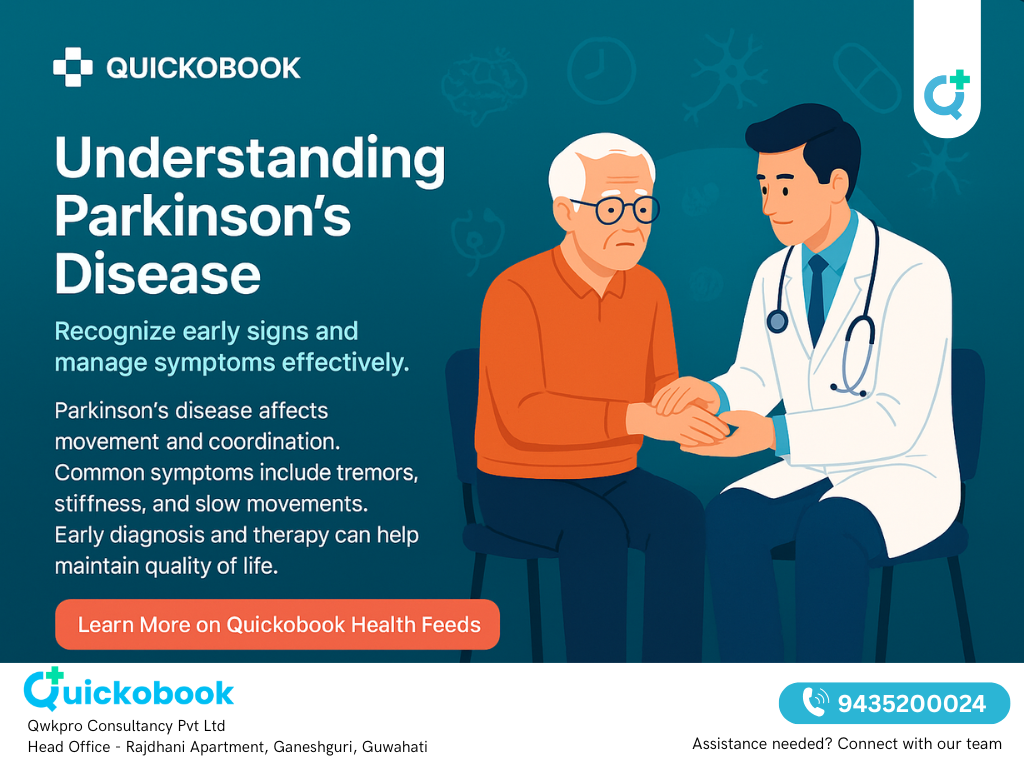


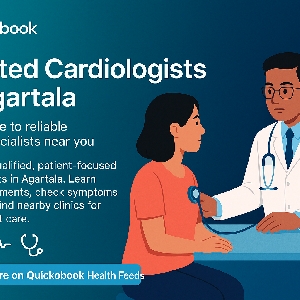
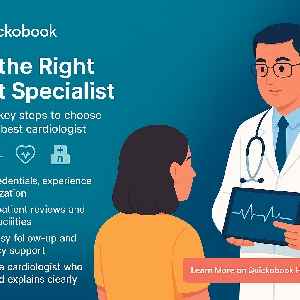
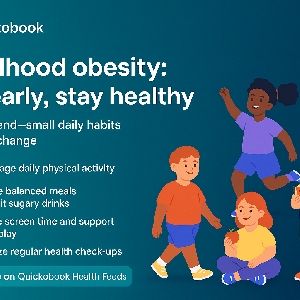
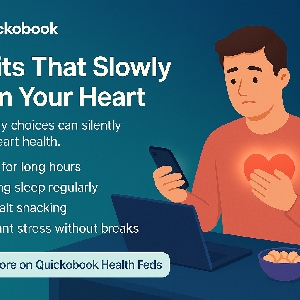


Comments (0)
No comments yet. Be the first to share your thoughts!
Leave a Comment